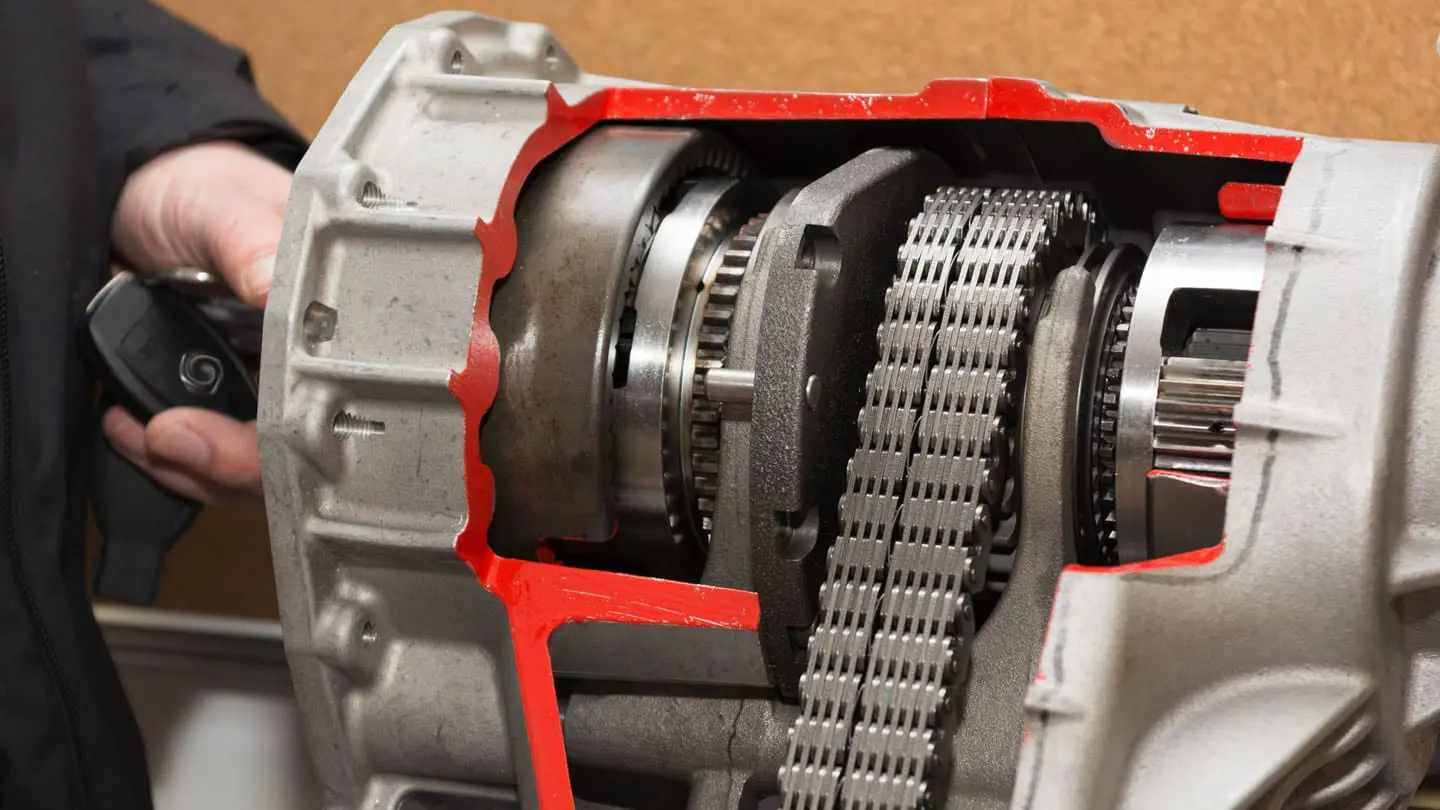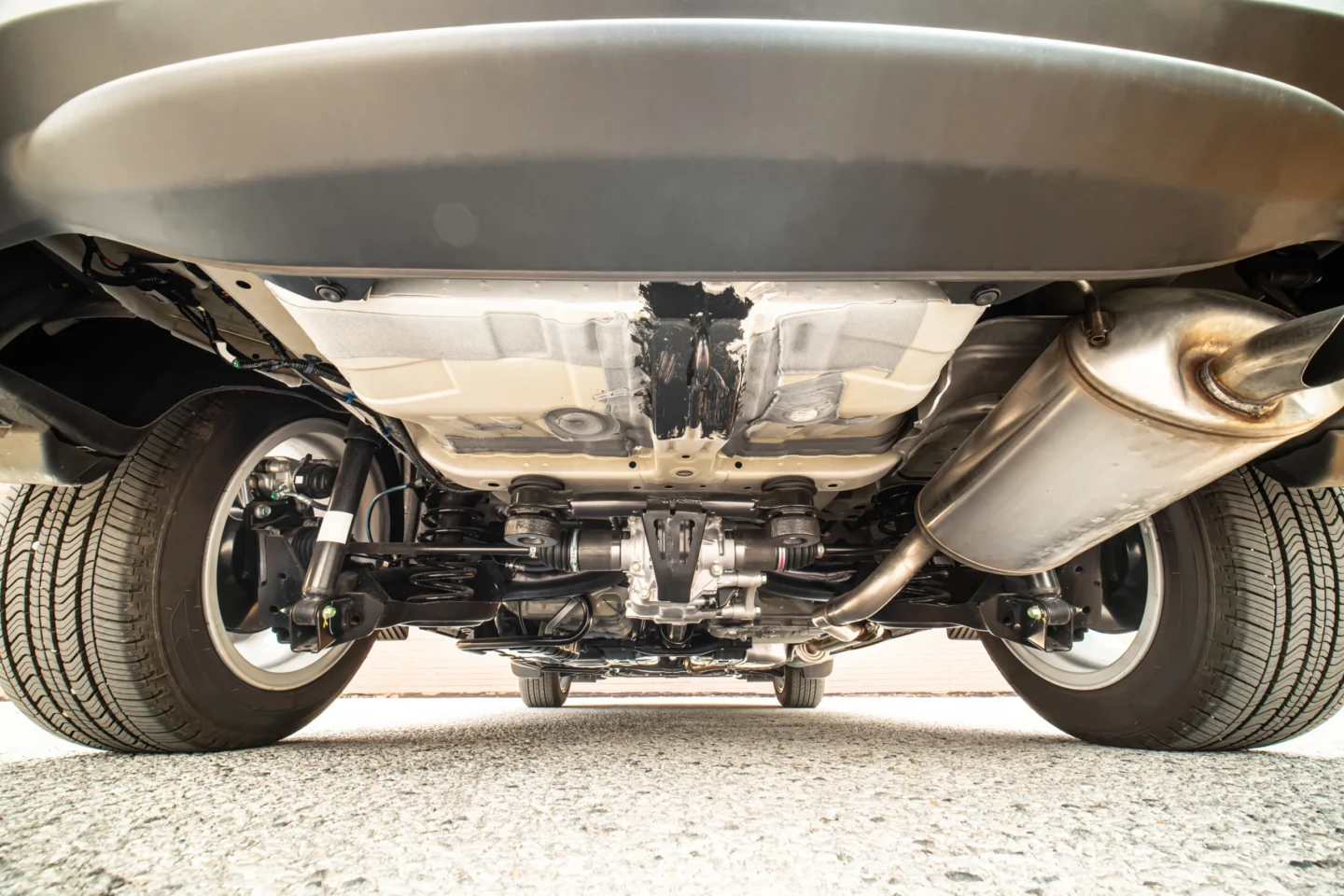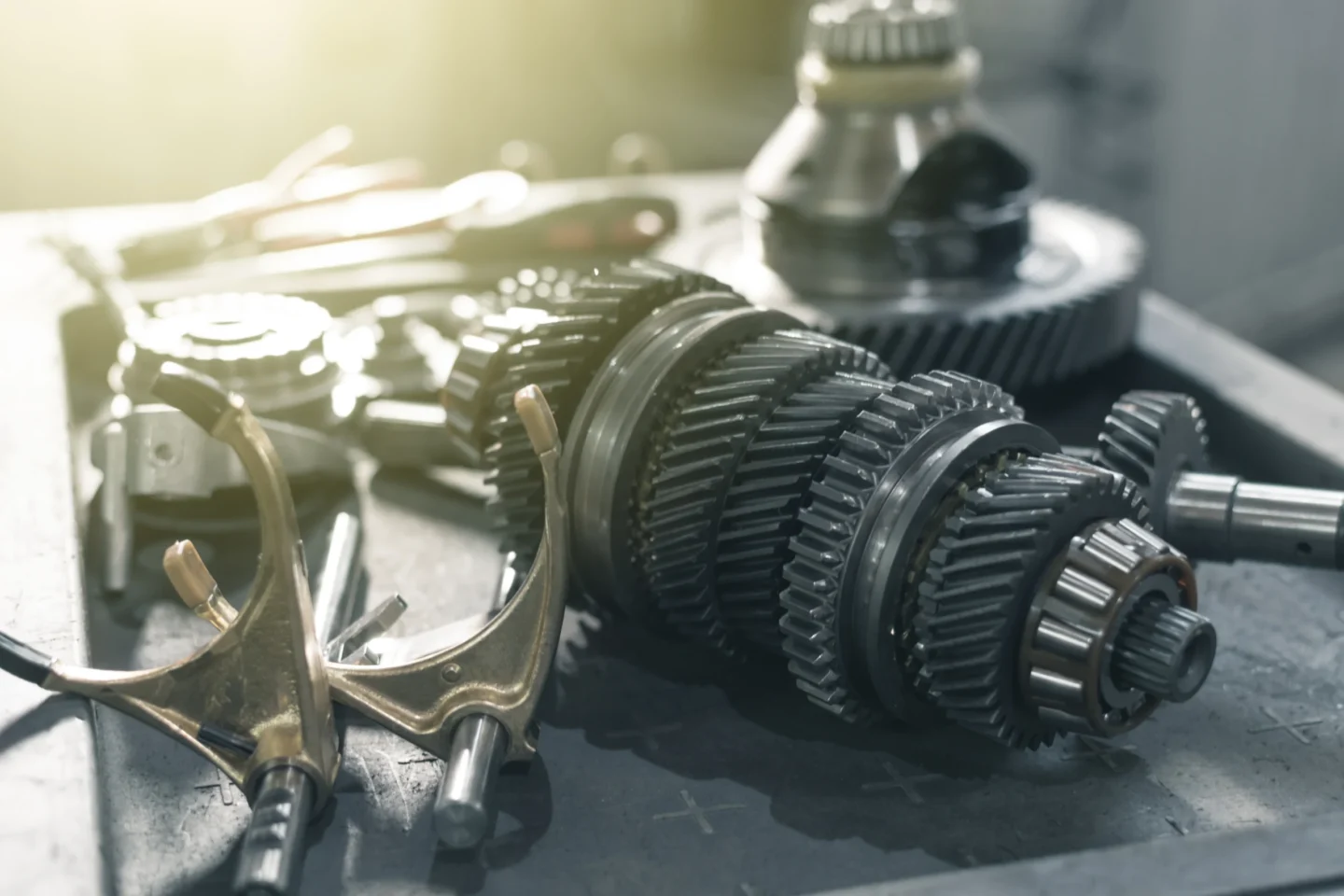What Is a Transfer Case and What Does It Do for My Troy, IL Vehicle?
We have seen all these adventurous cars go through all types of rock crawling or icy roads. Ever wonder how is this possible at the driver’s will? Well, the transfer case is the one to thank, which is a part of the system in charge of driving the wheels. You can find a transfer case in four-wheel drive and all-wheel drive vehicles. And, its responsibility is to bring torque to the wheels when more traction is required. This is essential when you have to drive through sand, rain, even rocky roads.

How Does It Work?
Basically, the transfer case obtains power from the transmission and redistributes it to the axles, through the front and rear output shafts. Powering a transfer case can be done with chains, because of the lighter and quieter characteristic. Gears, for its reliability to getting more torque without breaking. Or, hydraulics.
Transfer cases have part-time and full-time configurations. Part-time, when the vehicle is in a two-wheel-drive mode by default and you can switch between two-wheel-drive and four-wheel-drive. This can be done manually by the driver in a push of a button or automatically if the system recognizes that has lost traction. Full-time mode specifies that the vehicle is always in four-wheel-drive, usually a feature found in sports cars.
Both usually have low gear and hi gear settings, to adapt to different driving situations. Low, for rough or rugged surfaces, and Hi for slippery or wet conditions.
Taking Care of a Transfer Case
Even if the transfer case does all the hard work, some parts wear out with high mileage and usage. And, It’s important to bring your car to auto service, for regular maintenance. Also, there are a few signs that you need to go to your auto shop immediately and have a professional’s advice, such as:

- Having trouble shifting between gears.
- If you notice leaking under your vehicle, it may be caused by a broken seal.
- Unusual sounds underneath your car kind of metal rattling.
- If your vehicle doesn’t stay in four-wheel-drive mode.
In any of these cases, you must call a certified mechanic to address these indicators, and prevent any future complications.




